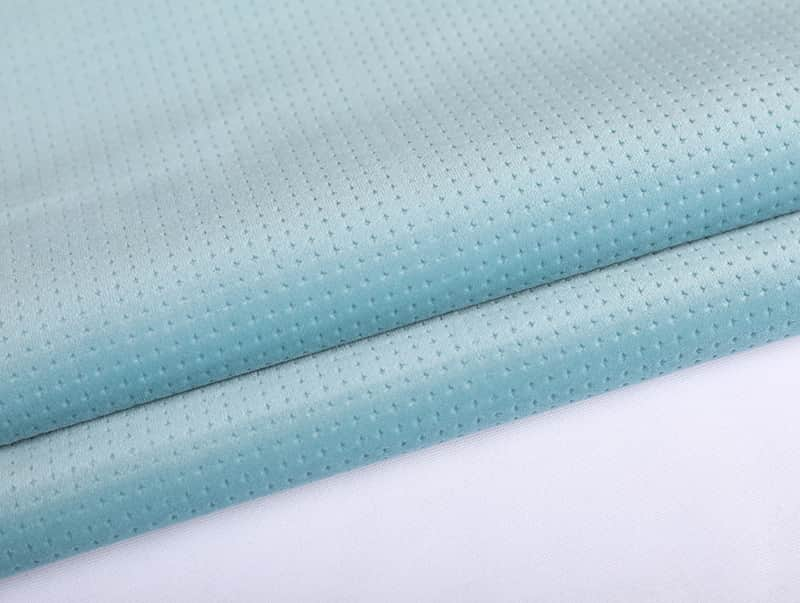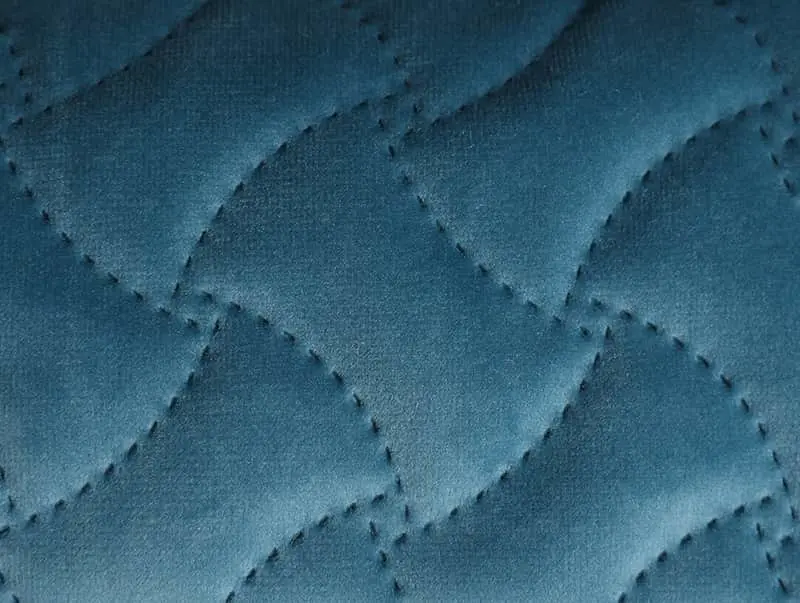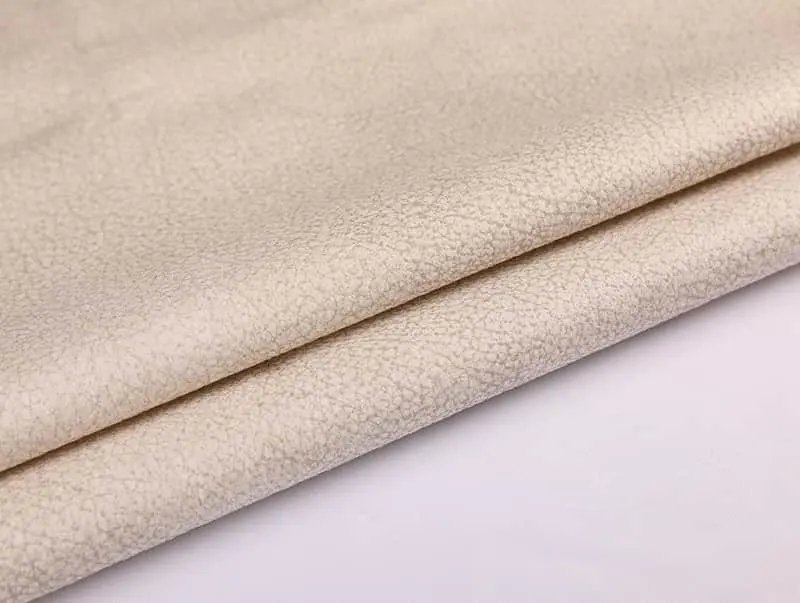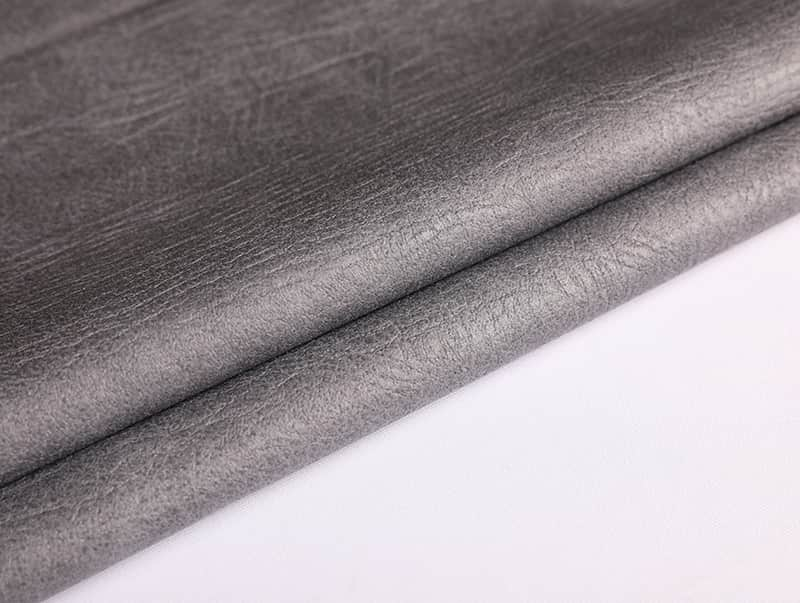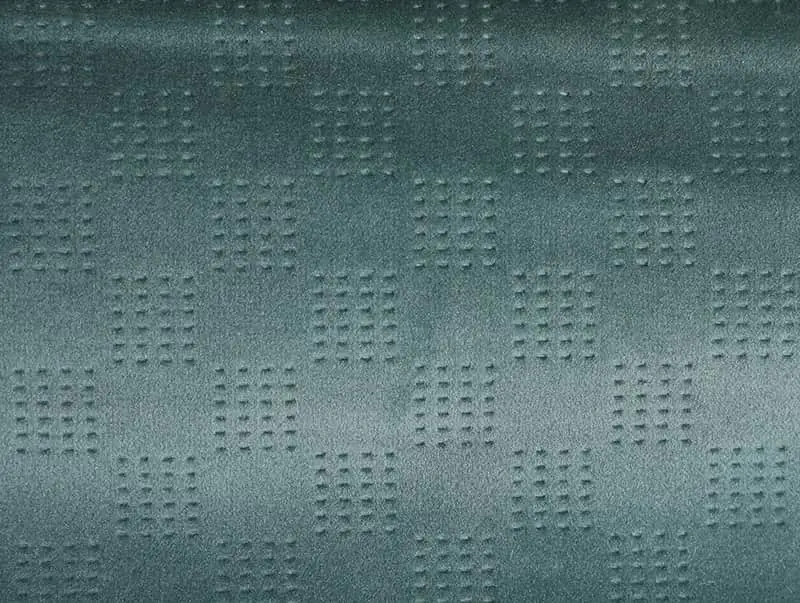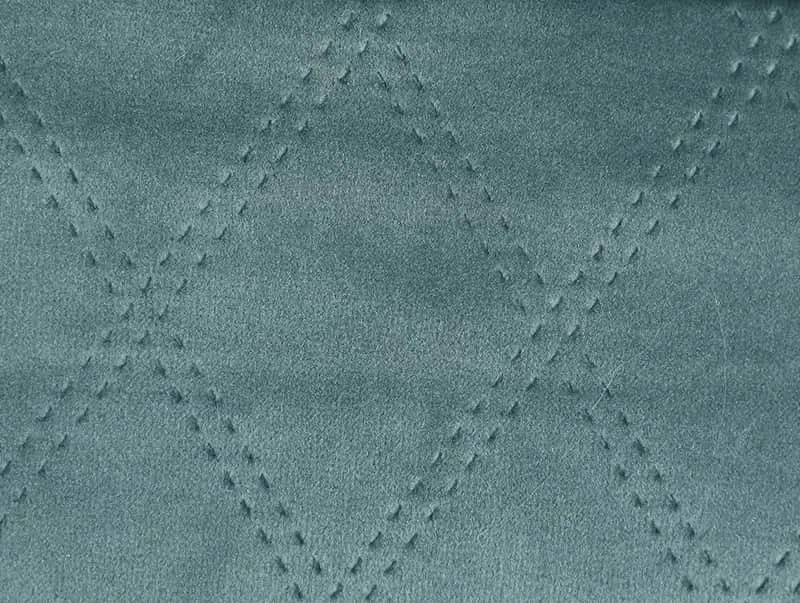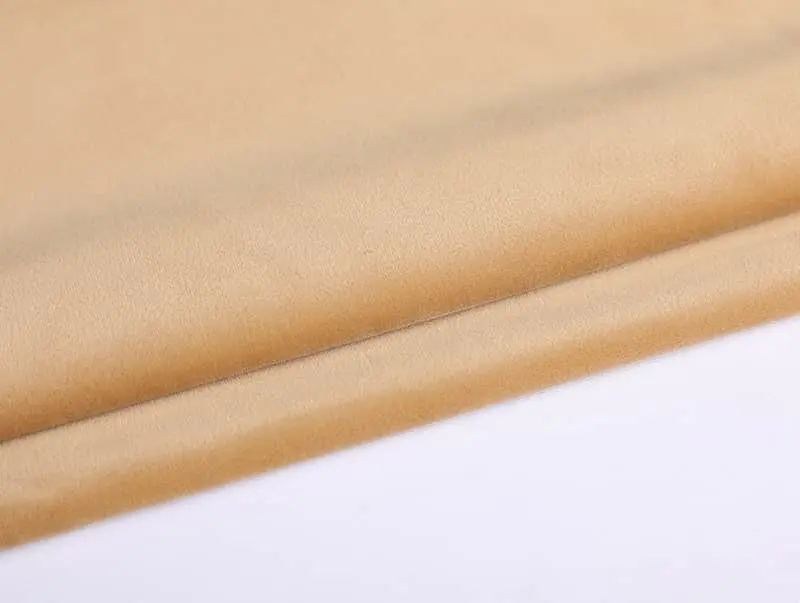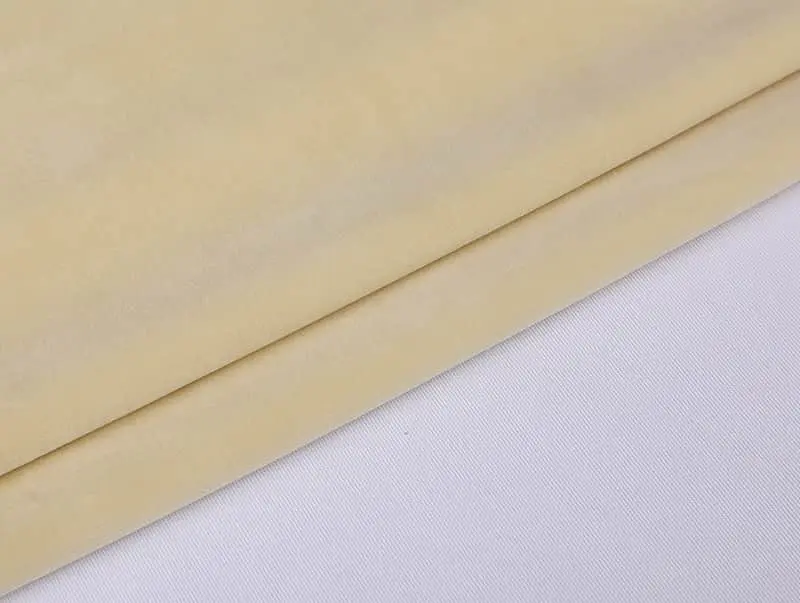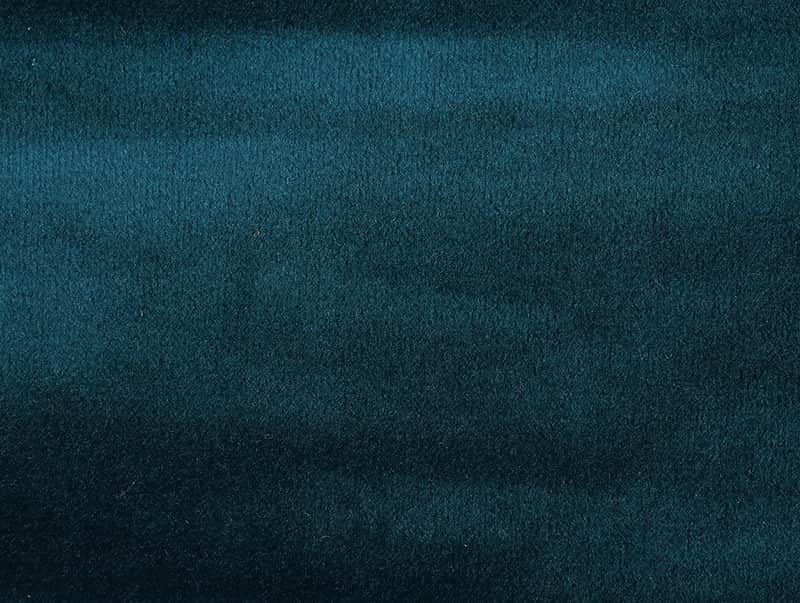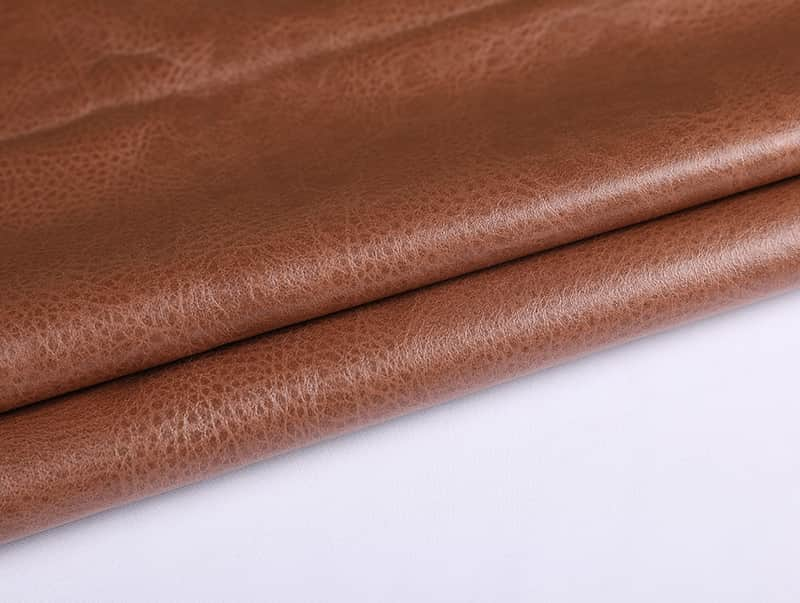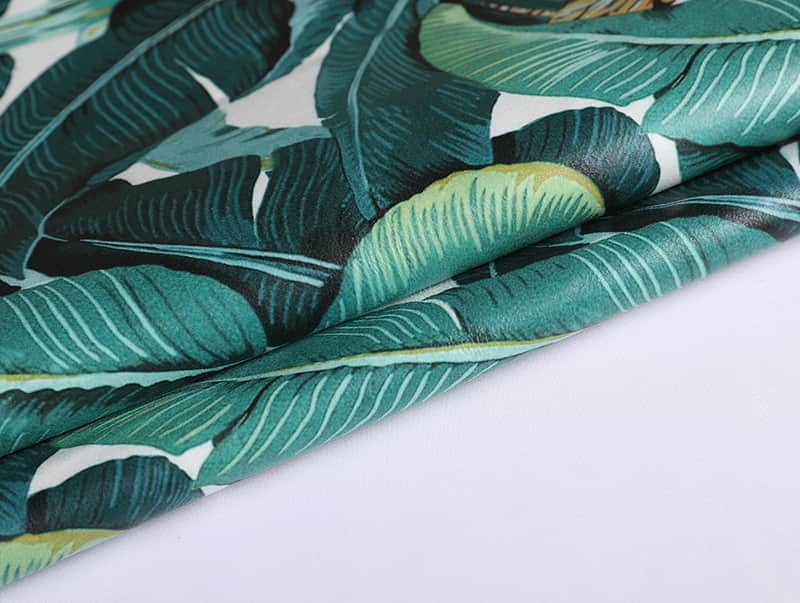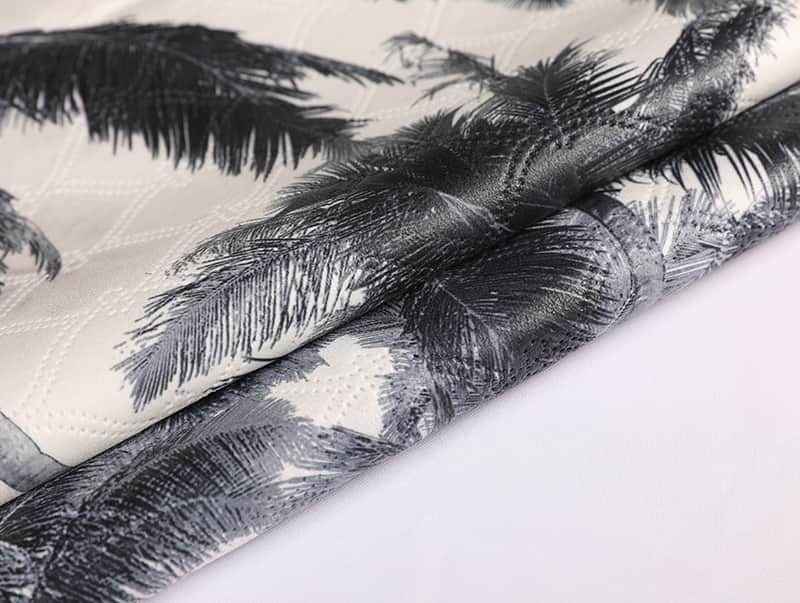Purchase curtain cloth: You can choose curtain cloth from four aspects: fabric, color, flower shape and texture.
1) Choose fabrics-there are four types of common fabrics: printed fabrics, dyed fabrics, yarn-dyed fabrics, and printed fabrics
Calico: Printing colors and patterns on plain fabric by transfer or garden netting is called calico. Its characteristics: colorful, rich patterns, hand-painted printing and dyeing effect, revealing natural texture.
Dyed cloth: The color dyed with a single color on the white fabric is called dyed cloth. Its characteristics are simple, elegant, natural, crisp, and in line with popular trends.
Yarn-dyed fabric: According to the needs of the pattern, the yarns are classified and dyed , and then interwoven to form a color pattern called yarn-dyed fabric. Its characteristics: strong color fastness, bright yarn-dyed texture and strong three-dimensional feeling.
Printed cloth: Combine the two processes of jacquard and printing together and call it the printed cloth.
1) Choose fabrics-there are four types of common fabrics: printed fabrics, dyed fabrics, yarn-dyed fabrics, and printed fabrics
Calico: Printing colors and patterns on plain fabric by transfer or garden netting is called calico. Its characteristics: colorful, rich patterns, hand-painted printing and dyeing effect, revealing natural texture.
Dyed cloth: The color dyed with a single color on the white fabric is called dyed cloth. Its characteristics are simple, elegant, natural, crisp, and in line with popular trends.
Yarn-dyed fabric: According to the needs of the pattern, the yarns are classified and dyed , and then interwoven to form a color pattern called yarn-dyed fabric. Its characteristics: strong color fastness, bright yarn-dyed texture and strong three-dimensional feeling.
Printed cloth: Combine the two processes of jacquard and printing together and call it the printed cloth.
2) Choose the color-the color can be divided into cold and warm, dark and light, the criteria for choosing the color are as follows:
Color and room decoration color: You can bring some scraps with you when comparing fabrics.
Color and wooden products in the room: The color of the fabric can enhance and enrich the natural tone of the wooden products.
Color and mood: light and soft tones, neutral tones and cool tones, such as blue and certain greens, can have a calming effect; bright tones and warm colors, such as red and yellow, are stimulating; dark colors are stimulating It feels warm and comfortable.
Color and feeling: In terms of perception, light colors make the background darker; dark backgrounds make the color lighter; warmer colors make the object appear smaller. In short, two distinct colors cannot be used in a smaller room.
Color and room orientation: Warm colors make north-facing rooms feel warmer; cool colors make south-facing rooms feel cooler.
Color and stain resistance: Light colors are more likely to appear dirty than dark colors.
Color and light transmittance: light colors have strong light transmittance, and light can diffuse in the room through window cloth; dark colors have weak light transmittance and good light blocking effect.
Color and room decoration color: You can bring some scraps with you when comparing fabrics.
Color and wooden products in the room: The color of the fabric can enhance and enrich the natural tone of the wooden products.
Color and mood: light and soft tones, neutral tones and cool tones, such as blue and certain greens, can have a calming effect; bright tones and warm colors, such as red and yellow, are stimulating; dark colors are stimulating It feels warm and comfortable.
Color and feeling: In terms of perception, light colors make the background darker; dark backgrounds make the color lighter; warmer colors make the object appear smaller. In short, two distinct colors cannot be used in a smaller room.
Color and room orientation: Warm colors make north-facing rooms feel warmer; cool colors make south-facing rooms feel cooler.
Color and stain resistance: Light colors are more likely to appear dirty than dark colors.
Color and light transmittance: light colors have strong light transmittance, and light can diffuse in the room through window cloth; dark colors have weak light transmittance and good light blocking effect.
Color and personality: Choose colors according to the above principles and personal preferences, and reflect personal style.
3) Choose the flower type—the flower type can be divided into different sizes. The choice of flower type is mainly based on the size of the room.
The room is large and can choose a larger flower shape, which gives a strong visual impact, but it will make the space feel somewhat smaller.
If the room is small, you should choose a smaller flower type, which will make you feel warm and quiet, and will make the space feel somewhat enlarged.
The room is large and can choose a larger flower shape, which gives a strong visual impact, but it will make the space feel somewhat smaller.
If the room is small, you should choose a smaller flower type, which will make you feel warm and quiet, and will make the space feel somewhat enlarged.
4) Choose the texture—the texture can be rough and delicate, and the choice is mainly based on the decoration style.
The quality of window cloth is generally identified from the feel, drape, tightness of the cloth, and color. It can be rubbed to see if it is excessively stiff due to sizing. Soft touch, good drape, tight cloth and natural color good.
The fabric textures of fabric curtains are pure cotton, linen, polyester, real silk, and can also be mixed with several raw materials. Cotton fabric has a soft texture and good hand feel; hemp fabric has a good drape and strong texture; silk fabric is noble and gorgeous, it is made of 99% natural silk, and its natural, rough, elegant, and strong sense of hierarchy became the in 2003 Fashion products; polyester fabrics are very scratchy, bright in color, non-fading, and non-shrinking.
The quality of window cloth is generally identified from the feel, drape, tightness of the cloth, and color. It can be rubbed to see if it is excessively stiff due to sizing. Soft touch, good drape, tight cloth and natural color good.
The fabric textures of fabric curtains are pure cotton, linen, polyester, real silk, and can also be mixed with several raw materials. Cotton fabric has a soft texture and good hand feel; hemp fabric has a good drape and strong texture; silk fabric is noble and gorgeous, it is made of 99% natural silk, and its natural, rough, elegant, and strong sense of hierarchy became the in 2003 Fashion products; polyester fabrics are very scratchy, bright in color, non-fading, and non-shrinking.
